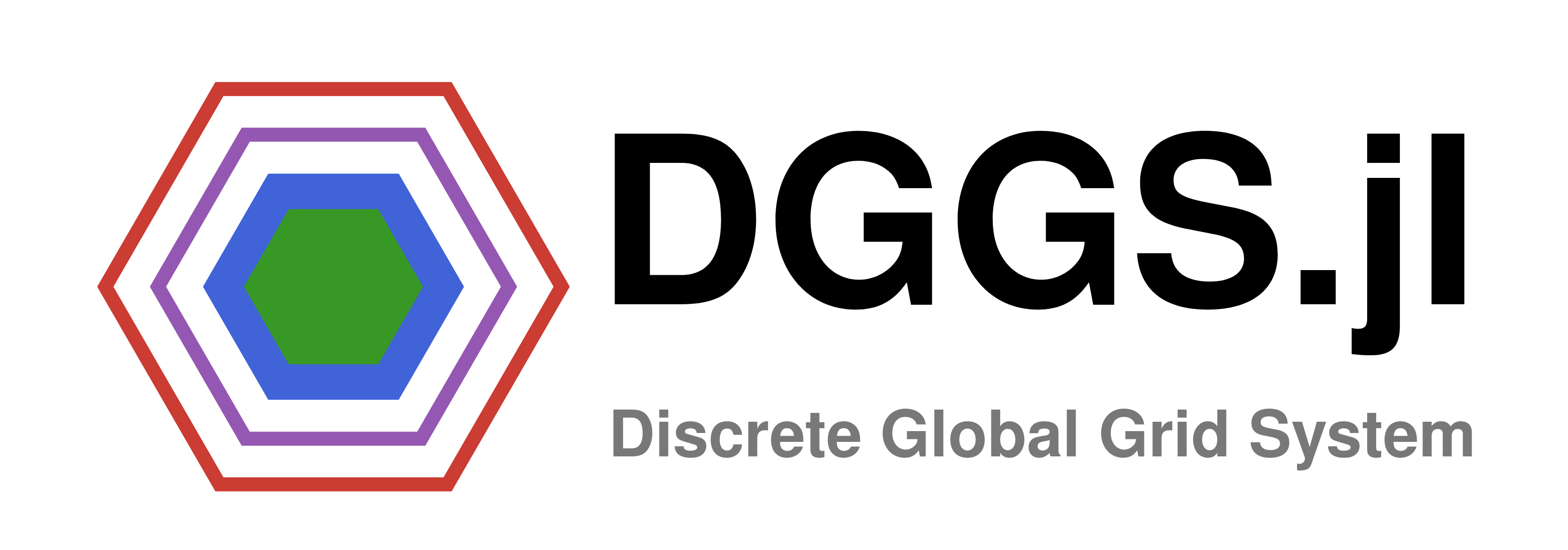2023-10-05, 15:30–15:35 (Europe/London), Poster presentation
Discrete Global Grid Systems (DGGS) tessellate the surface of the earth with hierarchical cells of equal area, minimizing distortion and loading time of large geospatial datasets, which is crucial in spatial statistics and building Machine Learning models. Successful applications of DGGS include the prediction of flood events by integrating remote sensing data sets of different resolutions, as well as vector data. Here we present DGGS.jl: An analysis framework for scalable geospatial analysis written in the Julia programming language. Bindings from the C++ library DGGRID were created to convert between geographical coordinates and DGGS cell ids, as well as to provide several projections and grids. An efficient data structure and chunking scheme based on data cubes and Zarr-arrays was created to store remote sensing data of different resolutions, structured in accordance with the selected grid. This provides the basis for fast and accurate ML modeling, especially distortion-less and spatially aware Graph Convolutional Neural Networks. Furthermore, the hierarchical cell structure of a DGGS enables multiscale modeling, in which regions of interest can be represented in a higher resolution than others.
OEMC Grant agreement ID: 101059548
2023 - today Data Scientist and PostDoc, Max Planck Institute for Biogeochemistry
2018 - 2023 Doctoral researcher Bioinformatics, Leibniz Institute for Natural Product Research and Infection Biology
2015 - 2017 Master Bioinformatics, Friedrich Schiller University Jena
2012 - 2015 Bachelor Molecular Life Science, University of Lubeck

